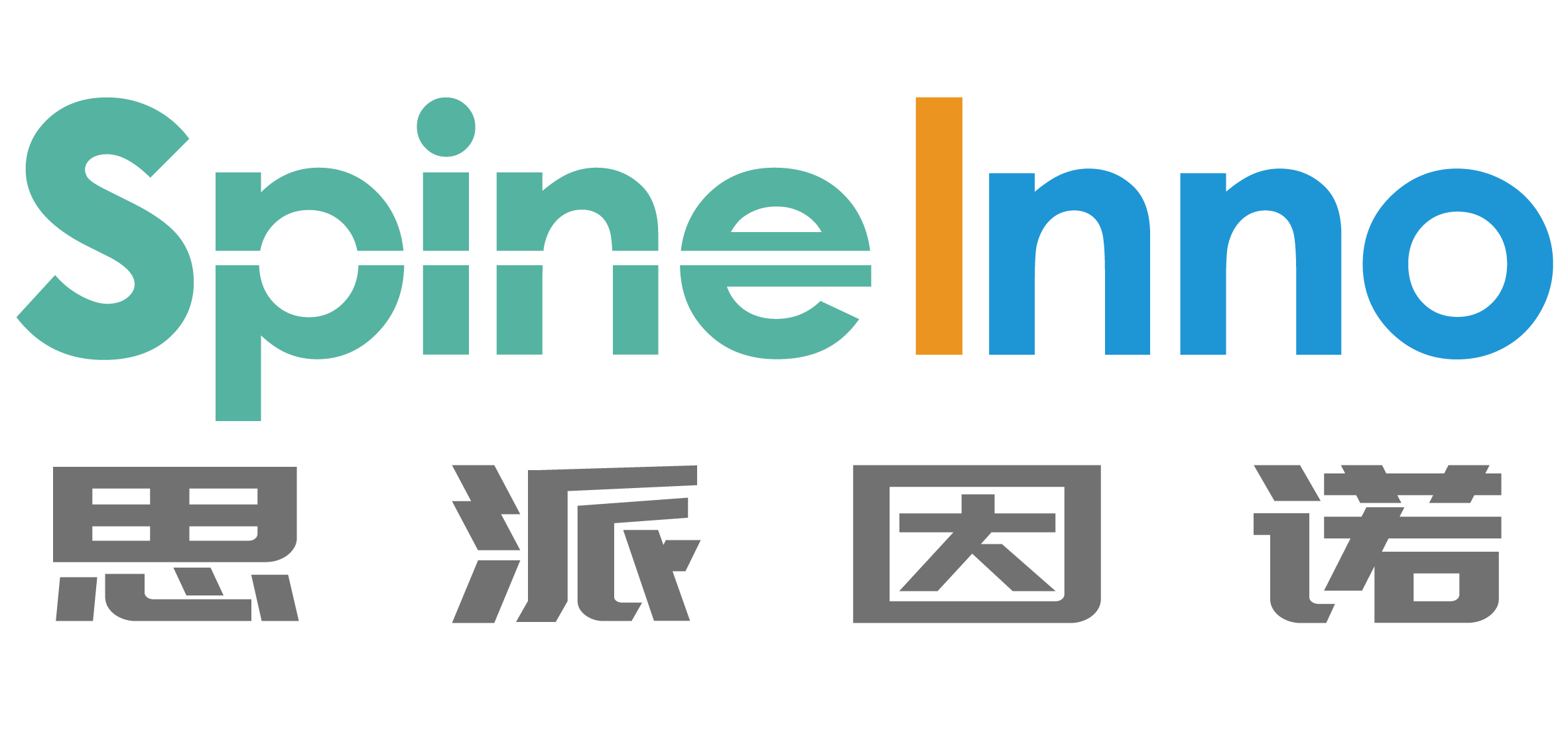How Sciatic Nerve Pain Works: Understanding the Key Components and Mechanisms
Sciatic Nerve Pain is a common condition that affects millions of people worldwide. The sciatic nerve is the longest nerve in the human body, running from the lower back down to the feet. When this nerve is compressed, irritated, or inflamed, it can result in pain, numbness, tingling, and weakness in the lower back, hips, buttocks, and legs.
The key components of Sciatic Nerve Pain are the sciatic nerve, the spinal cord, and the nerve roots that exit the spinal cord. The nerve roots are responsible for transmitting signals from the brain to the rest of the body, including the legs. When these nerve roots are pinched or compressed, it can lead to pain and discomfort.
The working mechanisms of Sciatic Nerve Pain involve the compression of the nerve roots, which can be caused by a herniated disc, spinal stenosis, or degenerative disc disease. Other factors that can contribute to Sciatic Nerve Pain include obesity, lack of exercise, poor posture, and trauma.
Advanced technology has played a significant role in the diagnosis and treatment of Sciatic Nerve Pain. Magnetic resonance imaging (MRI) and computed tomography (CT) scans can help identify the root cause of the pain, while nerve conduction studies can determine the extent of nerve damage.
Once diagnosed, treatment options for Sciatic Nerve Pain include physical therapy, pain medication, and surgery in severe cases. Physical therapy can help strengthen the muscles supporting the spine and improve posture, while pain medication can reduce inflammation and relieve discomfort. Surgery is usually reserved for cases where the nerve compression is severe and cannot be managed with less invasive treatments.
In modern manufacturing, advanced technology has also enabled efficient production processes, allowing manufacturers to produce high-quality products at lower costs. For example, 3D printing technology can create complex parts and components with high precision, while robots can perform repetitive tasks more efficiently and consistently than human workers.
In conclusion, Sciatic Nerve Pain is a complex condition that can be caused by various factors. Understanding the key components and mechanisms of this condition is crucial for accurate diagnosis and effective treatment. Advanced technology plays a significant role in the diagnosis and treatment of Sciatic Nerve Pain, as well as in modern manufacturing processes. If you experience Sciatic Nerve Pain, do not hesitate to contact us for professional advice and treatment options. As suppliers of medical equipment and services, we are committed to improving the health and well-being of our clients.
